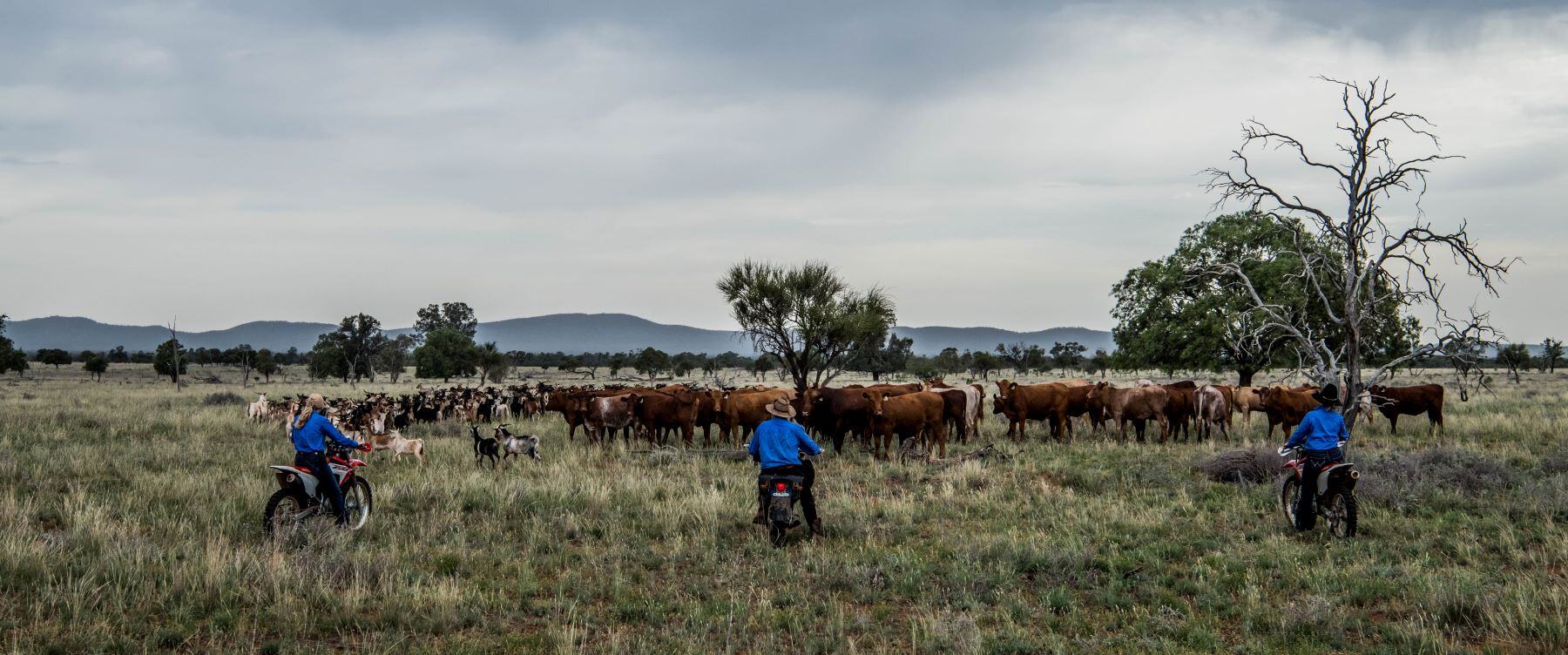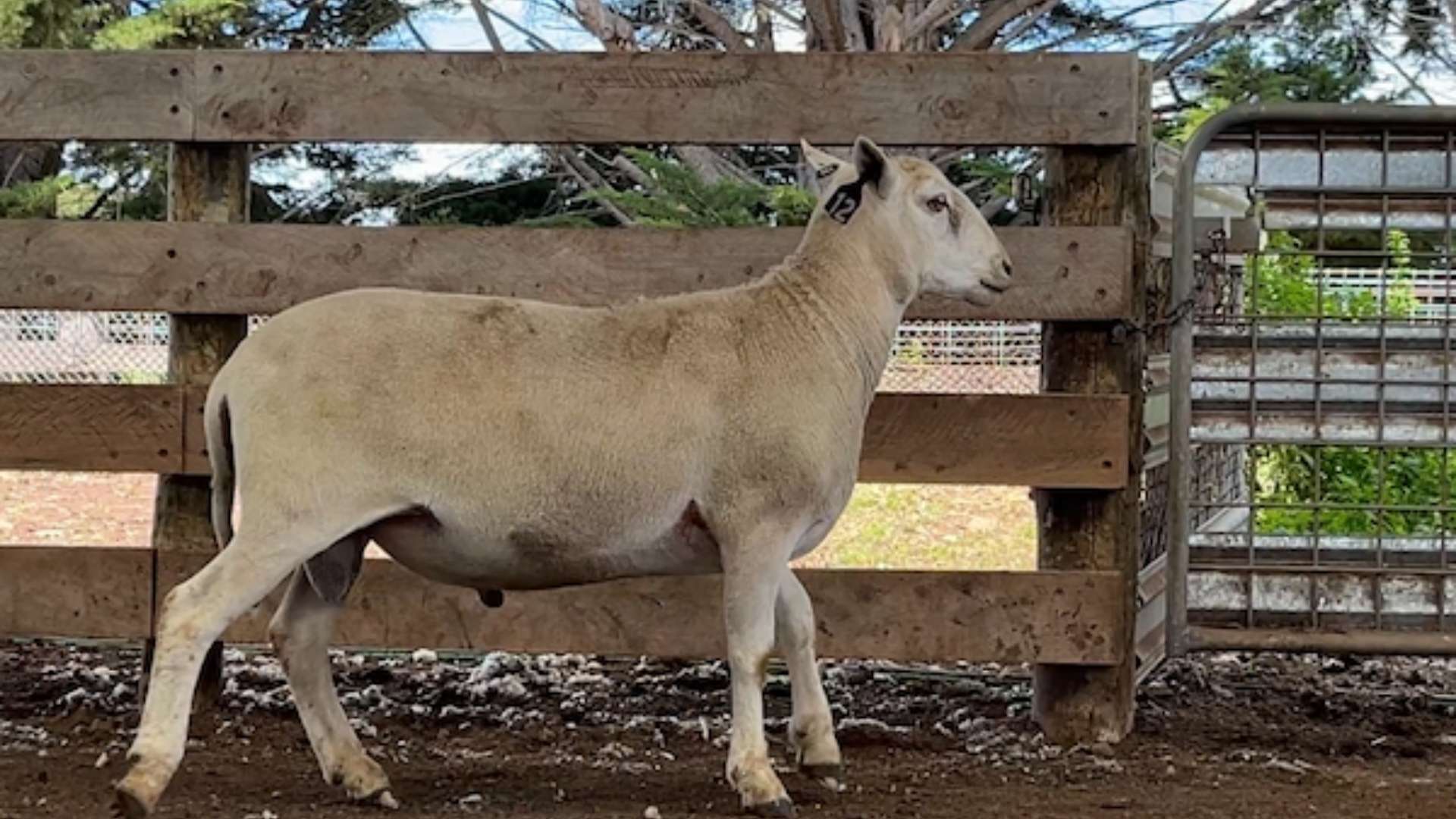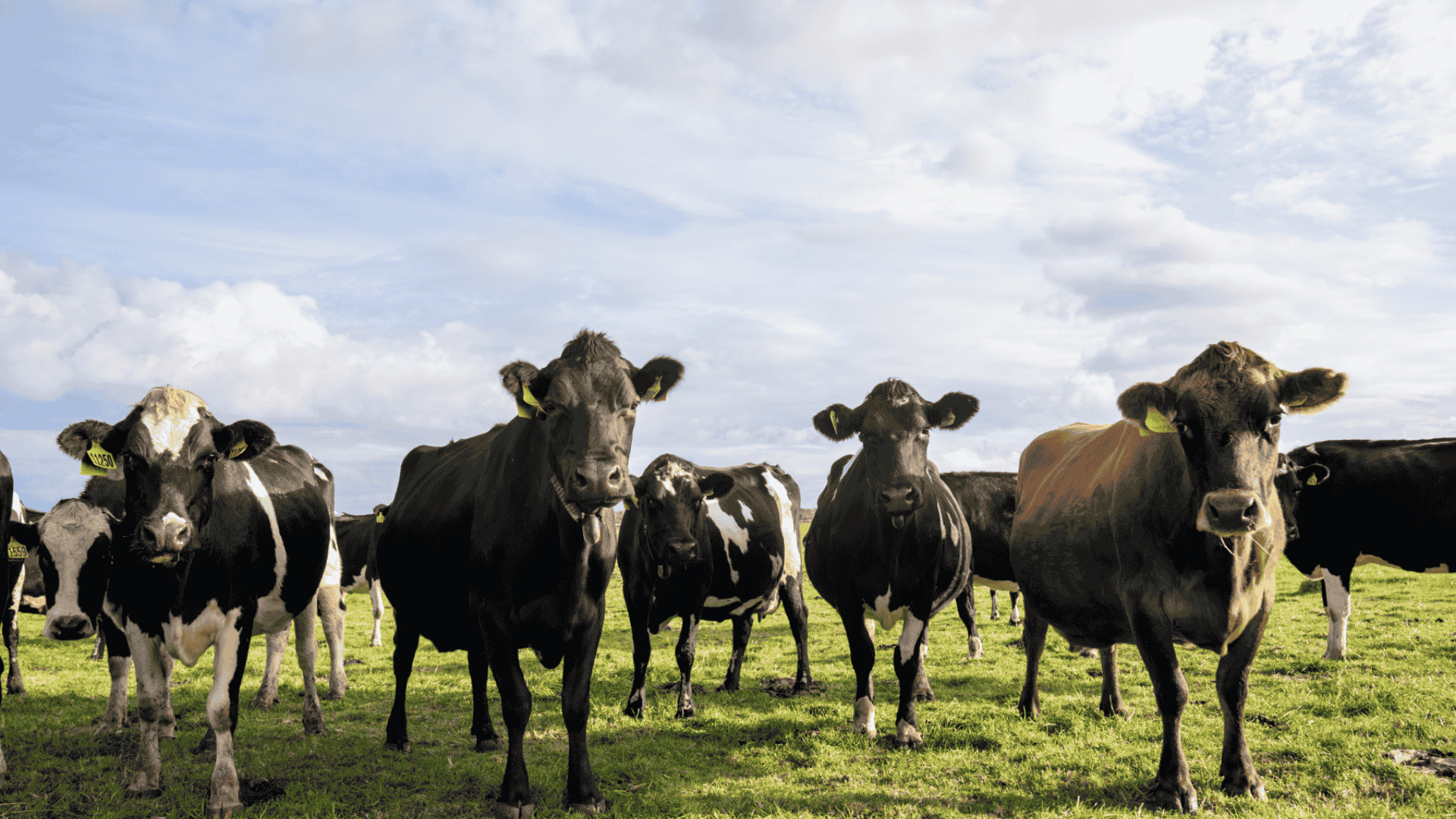Your guide to the 2026 weaner sales on AuctionsPlus
The 2026 selling season is set to commence in early January, with a comprehensive calendar of feature weaner, breeder and store cattle sales being...

Key points:
Elevated turn-off of breeding cows is expected to result in the nation’s cattle herd easing
The national sheep flock reached its largest level since 2007 following four consecutive years of flock recovery and expansion
The national cattle herd has reached and passed a cyclical peak after operating at maturity for the past 12 months, according to Meat & Livestock Australia (MLA) which has released the mid-year Cattle Industry and Sheep Industry projections.
The projections also show that the sheep flock will begin to destock slightly following its peak in 2024, as seasonal conditions normalise closer to seasonal averages and the very large breeding ewe herd begins to turn-off at slightly higher numbers.
MLA Senior Market Information Analyst Erin Lukey said the reports provided an updated outlook forecasting the national herd and flock, slaughter, production and carcase weights.
“MLA’s industry projections are an important tool for industry and the broader supply chain to understand the direction of the red meat sector over the next couple of years, including macro issues impacting the industry and a deeper understanding of forecast supply,” Ms Lukey said.
“Producers, processors, agents, and government have been consulted in the development of these figures, ensuring it is a useful document for all stakeholders in the industry and is an accurate reflection of what is occurring within the industry.”
In 2024 the national herd is estimated to have eased 1.4% to 30.2 million head, a decline of slightly more than 400,000 head according to the updated Cattle Industry projections.
The northern herd is expected to stabilise in 2024 and 2025 as average wet seasons will continue to support a large, productive breeding herd and increasing numbers of cattle exported into South-East Asia.
Southern Australia will drive the contraction of the herd over the forecast period, as strong overseas beef demand supports higher turn-off in a now-mature herd.
This decline in herd numbers places the herd in a slight destock, as noted in the latest statistics from the Australian Bureau of Statistics (ABS). The age profile of the herd continues to mature following the herd rebuild of 2020-2023 and strong overseas demand encourages turn-off of processor-ready cattle.
Adult cattle slaughter is forecast to rise by 16% over 2024 to 8.2 million head, which is the highest figure since 2019. Looking forward, slaughter will remain relatively stable in 2025 and 2026 as turn-off continues from a high base.
Elevated carcase weights will lift beef production in 2024, and push production to records in 2025 when production lifts to 2.55m tonnes. International demand for beef remains strong as overseas supply dynamics create opportunities on the global market.
“The United States cattle herd is likely to enter 2025 smaller than it was in 2024, a year which saw the herd at its lowest point in 72 years,” Ms Lukey said.
“Regardless of when the US enters a rebuild phase, its cattle supply will nevertheless remain low as calving rates during the past five years have been below average and cattle availability has already begun to decline.
“The current beef shortage in the United States will continue to drive demand for Australian beef globally, both in the US as a direct substitute for domestic product, but also in key north Asian export markets where Australia and the US compete for market share.”
In June 2024, the national sheep flock reached 79.1 million head, the largest figure since 2007. This follows four consecutive years of flock recovery and expansion and has been matched by increasingly high slaughter and production numbers, reaching new record highs in 2023.
Following this peak, the flock will begin to decline in size. Looking forward, the flock is expected to ease 2.7% in 2025 to 76.9 million head, and a further 3.8% to just above 74 million head in 2026.
“Producers are moving away from Merinos and wool producing breeds, and the recent adoption of shedding breeds has meant industry is shifting to a stronger turn-off rate from a smaller base,” Ms Lukey said.
“This means despite a projected flock constriction; the flock will not fall below the 10-year average of 70.3 million.”
Lamb slaughter is forecast to lift on last year’s record to 27.7 million head. This is an increase of 11% or a further processing of 2.7 million head. This would reaffirm 2024 as the largest year on record for lamb slaughter.
Sheep slaughter will remain strong in 2024, lifting 3% to 10 million head. In the following year, industry is expected to move to turn-off their relatively elevated breeding ewe and wether flock, lifting sheep slaughter 13% to 11.3 million head in 2025.
Sheepmeat production will follow slaughter trends. Lamb production expected to lift 11% in 2024 to a record 665,000 tonnes, and mutton production lifting over the three years to 289,000 tonnes by 2026, its highest volume since 2001.
.png)
The 2026 selling season is set to commence in early January, with a comprehensive calendar of feature weaner, breeder and store cattle sales being...

The first-ever stud ram sale to use integrated Sheep Genetics ASBV data on AuctionsPlus has been hailed a success, with buyers responding strongly to...

Victoria and NSW have both green-lighted virtual fencing technology for cattle this week. Farmers adopting this technology, which uses collars with...